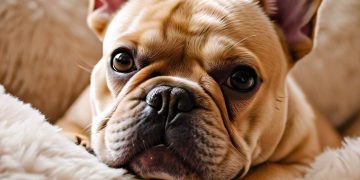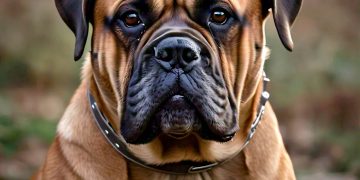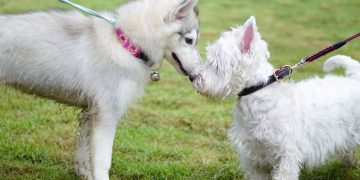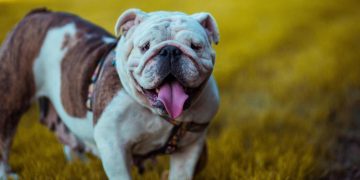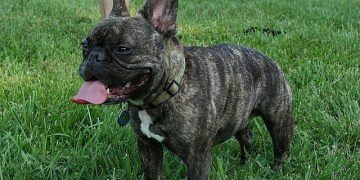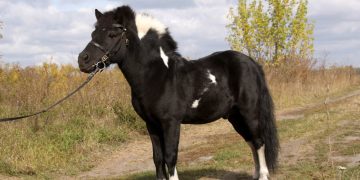Horse hoof abscesses are one of the most common causes of sudden lameness in horses. Although often treatable, they can cause significant discomfort if not promptly addressed. Understanding the signs, causes, treatment options, and preventative measures for hoof abscesses can help horse owners and caregivers maintain optimal hoof health and avoid prolonged complications.
This in-depth guide explores everything you need to know about hoof abscesses, equipping you to manage and prevent this common issue effectively.
What is a Horse Hoof Abscess?
A hoof abscess is a localized bacterial infection that occurs within the sensitive structures of a horse’s hoof. The infection leads to the accumulation of pus, which builds pressure within the hoof capsule, causing pain and lameness.
Abscesses typically develop when bacteria infiltrate the hoof through a weakness or breach in its protective barriers, such as cracks, punctures, or compromised sole integrity.
While most abscesses resolve with proper care, untreated cases can worsen, potentially leading to more severe issues such as bone or joint infections.
Causes of Hoof Abscesses
Hoof abscesses occur when bacteria invade the hoof’s inner structures. Several factors can contribute to their development:
1. Trauma or Injury
- Puncture wounds from nails, sharp stones, or other objects can introduce bacteria into the hoof.
- Bruises caused by excessive impact or uneven footing can weaken the sole, allowing bacteria to penetrate.
2. Hoof Cracks or Weakness
- Cracks in the hoof wall or sole create openings for bacteria to enter and infect the sensitive tissue.
- Horses with thin soles or poor hoof quality are at higher risk of developing abscesses.
3. Prolonged Wet Conditions
- Extended exposure to mud or water can soften the hoof, making it more susceptible to bacterial invasion.
- Damp environments encourage bacterial growth, increasing the likelihood of infections.
4. Improper Hoof Care
- Neglecting regular trimming and cleaning can allow dirt, manure, and debris to accumulate, creating a breeding ground for bacteria.
- Overgrown hooves may trap debris and create areas of pressure, leading to abscess formation.
5. Compromised Hoof Health
- Pre-existing conditions, such as laminitis, can weaken the hoof and increase the risk of abscesses.
- Horses with chronic hoof problems are more prone to recurring infections.
Symptoms of a Hoof Abscess
Recognizing the signs of a hoof abscess is critical for prompt treatment. Common symptoms include:
1. Sudden Lameness
- A horse with a hoof abscess will often exhibit rapid-onset lameness, ranging from mild to severe.
- The horse may favor one leg or refuse to bear weight on the affected hoof.
2. Heat and Swelling
- The affected hoof may feel warm to the touch, indicating inflammation.
- Swelling can sometimes extend up the leg, particularly if the abscess has been present for an extended period.
3. Digital Pulse
- A strong, bounding digital pulse in the affected leg is a classic sign of an abscess.
4. Visible Drainage
- In some cases, the abscess may rupture and drain through the sole, coronary band, or hoof wall, resulting in a noticeable discharge of pus.
5. Behavioral Changes
- Horses with an abscess may exhibit signs of discomfort, such as reluctance to move, increased irritability, or changes in appetite.
Diagnosing a Hoof Abscess
A veterinarian or farrier can diagnose a hoof abscess by performing a thorough examination.
Diagnostic Steps:
- Hoof Testing: Applying pressure with hoof testers can pinpoint the location of sensitivity or pain.
- Visual Inspection: Examining the hoof for signs of injury, punctures, cracks, or drainage.
- X-rays: In complicated cases, X-rays may be used to rule out deeper infections or fractures and confirm the presence of an abscess.
Treatment for Hoof Abscesses
Effective treatment focuses on relieving pressure, promoting drainage, and addressing the infection. Follow these steps:
1. Encourage Drainage
- The primary goal is to locate and open the abscess to release built-up pressure.
- A veterinarian or farrier will carefully pare the sole or hoof wall to drain the pus safely.
2. Soaking the Hoof
- Soaking the hoof in a warm Epsom salt solution can soften the hoof and encourage drainage.
- Use a soaking boot or bucket and keep the horse still for 15-20 minutes, once or twice a day.
3. Apply Poultices or Bandages
- A poultice (such as a medicated hoof pack or a homemade Epsom salt paste) can be applied to draw out the infection.
- Bandaging the hoof protects it from dirt and debris while the abscess heals.
4. Pain Management
- Anti-inflammatory medications, such as phenylbutazone, can be prescribed to reduce pain and inflammation.
5. Monitor Healing
- Once the abscess has drained, continue soaking and dressing the hoof until it is completely healed.
- Schedule follow-up evaluations with your vet or farrier to ensure the hoof recovers fully.
Complications if Left Untreated
An untreated hoof abscess can lead to severe complications, such as:
- Chronic Infection: The infection can spread to deeper structures of the hoof, including the coffin bone or joints.
- Septic Conditions: Advanced infections may require surgical intervention or long-term antibiotic therapy.
- Permanent Lameness: Damage to critical structures can cause irreversible lameness.
Prompt treatment is essential to avoid these outcomes.
Preventing Hoof Abscesses
While it’s impossible to eliminate all risks, good hoof care practices can significantly reduce the likelihood of abscesses.
1. Regular Hoof Maintenance
- Schedule consistent farrier visits to keep hooves properly trimmed and balanced.
- Pick out and inspect hooves daily to remove debris and identify any issues early.
2. Environmental Management
- Keep pastures, paddocks, and stalls clean and dry to reduce exposure to bacteria and mud.
- Provide a safe environment free of sharp objects that could puncture the hoof.
3. Promote Healthy Hooves
- Feed a balanced diet with essential nutrients like biotin, zinc, and amino acids to support strong hoof growth.
- Use hoof conditioners or sealants to prevent cracking and protect against excessive moisture.
4. Address Injuries Promptly
- Treat any hoof injuries immediately to prevent bacteria from entering the hoof.
- Monitor for signs of infection after punctures or bruises.
When to Call the Vet
If your horse exhibits severe lameness, swelling, or persistent pain, contact your veterinarian immediately. Delayed treatment can lead to complications that are more difficult and expensive to resolve.
Conclusion
Horse hoof abscesses are a common but manageable condition. By recognizing the symptoms early and implementing proper treatment, you can help your horse recover quickly and minimize discomfort. Regular hoof care, environmental management, and nutritional support are the keys to preventing abscesses and maintaining your horse’s hoof health.
With consistent attention and care, your horse can avoid many of the challenges associated with hoof abscesses, ensuring they stay happy, healthy, and sound.

